
Temple History
Gosansa Temple in Jecheon, Chungcheongbuk-do, which shouldn’t be confused with the number of temples throughout Korea with the same name, is located to the north of Mt. Darangsan (591.2 m). It’s believed by some that Gosansa Temple was first built in 879 A.D. by the famed monk Doseon-guksa (827-898 A.D.). However, there’s not a lot of concrete information to support this claim. Another claim, at least according to the “Gosansa Jungsugi,” which was written in 1920, states that Gosansa Temple was rebuilt in 1096 by Hyeso-guksa. However, and through archaelogical work conducted at the temple, tiles, earthenware, and porcelain pieces were collected. It was discovered that this collection of artifacts from Gosansa Temple dated back to the Joseon Dynasty (1392-1910). This puts in doubt the claim that the temple was built by Doseon-guksa and rebuilt during the early Goryeo Dynasty (918-1392).
Gosansa Temple was later rebuilt in 1653 by the monk Songgye after being destroyed during the Joseon Dynasty. More recently, and in 1920, the monk Hoam rebuilt Gosansa Temple. However, and during the Korean War (1950-53), most of Gosansa Temple was destroyed in 1950. Then in 1956, the monk Wolha rebuilt the Samseong-gak Hall and the monks’ dorms. In 1997, the Samseong-gak Hall was repaired, as was the Eungjin-jeon Hall in 1998. Since the Korean War, and because it’s the only large shrine hall that still remains on the temple grounds at Gosansa Temple, the historic Eungjin-jeon Hall acts as the main hall.
While Gosansa Temple doesn’t have a National Treasure of Korean Treasure, it does have a pair of Chungcheongbuk-do Tangible Cultural Property.
Temple Layout
You first make your way up a steep mountain road to get to Gosansa Temple. When you finally do arrive at the temple parking lot, which is rather strangely placed, you’ll notice the Yosachae (monks’ dorms) off to your left. The grassy temple parking lot is situated between the Yosachae to your left; and up the neighbouring mountainside, you’ll find a pair of temple shrine halls (the only two at Gosansa Temple).
To your right, and up a set of stairs that partially climb the mountain, is the Samseong-gak Hall. You’ll notice this shaman shrine hall to your left and through a collection of lantern trestles. The exterior walls to the Samseong-gak Hall are adorned with a tiger mural and a Sinseon (Taoist Immortal) painting. Stepping inside the Samseong-gak Hall, you’ll find three shaman paintings on the main altar. The first of the three, and hanging in the centre, is dedicated to Chilseong (The Seven Stars). The Chilseong painting is rather simple as are the other paintings dedicated to Sanshin (The Mountain Spirit) and Dokseong (The Lonely Saint) that also take up residence inside the Samseong-gak Hall.
Heading back in the same direction you first came from, keep heading straight towards the slightly elevated Eungjin-jeon Hall. The Eungjin-jeon Hall is in a clearing and on a ridge on the mountain. The exterior walls are beautifully adorned with modern murals dedicated to the Nahan (The Historical Disciples of the Buddha). Stepping inside the Eungjin-jeon Hall, and rather unexpectedly, you’ll find a white, stone statue dedicated to Gwanseeum-bosal (The Bodhisattva of Compassion) on the main altar. The reason I say unexpected is because a statue of Seokgamoni-bul (The Historical Buddha) is traditionally housed inside a Eungjin-jeon Hall alongside Nahan statues. The statue dedicated to Gwanseeum-bosal on the main altar is wearing a large, white crown with black hair that flows down to her shoulders. It’s believed that this statue dates back to the late Joseon Dynasty (1392-1910). Additionally, this statue is one of the two Chungcheongbuk-do Tangible Cultural Property at Gosansa Temple.
Joining the stone statue of Gwanseeum-bosal on the main altar are six stone statues dedicated to the Nahan. Originally, there were sixteen of these statues, but ten have since gone missing. All six statues are hooded with blue trim against the dominant white paint of the stone statues. The six statues are divided into two sets, three on either side of the main altar. These three statues are then backed by a beautiful modern mural of the Nahan. Like the main altar Gwanseeum-bosal statue, these stone statues of the Nahan date back to the late Joseon Dynasty. What makes these statues so unique is that they are made of stone instead of clay or plaster from this time period. This collection of stone Nahan statues is the other Chungcheongbuk-do Tangible Cultural Property at Gosansa Temple.
As for the rest of the interior of the Eungjin-jeon Hall, you’ll find a beautiful modern painting dedicated to Jijang-bosal (The Bodhisattva of the Afterlife), as well as an equally modern painting of a Shinjung Taenghwa (Guardian Mural).
How To Get There
From the Jecheon Bus Station, you’ll need to take Bus #980. After 66 stops, or 1 hour and 15 minutes, you’ll need to get off at the “Shinhyun 2 ri stop.” From where the bus drops you off, you’ll need to walk 1.8 km, or 27 minutes, to get to Gosansa Temple. It should be noted that most of the 1.8 km will be a hike up a mountain and not so much a walk.
Overall Rating: 7/10
There are only a couple of shrine halls at Gosansa Temple in Jecheon, Chungcheongbuk-do, but the obvious highlight is the artwork that adorns both the exterior and interior of this rather uniquely designated main hall. The exterior of the Eungjin-jeon Hall has beautiful modern paintings dedicated to the Nahan (The Historical Disciples of the Buddha), while the interior has an amazing collection of stone statues dedicated to the Nahan, as well as the main altar image of Gwanseeum-bosal. In addition to all this artwork, Gosansa Temple is beautifully situated up in the mountains with beautiful views of the valley below.
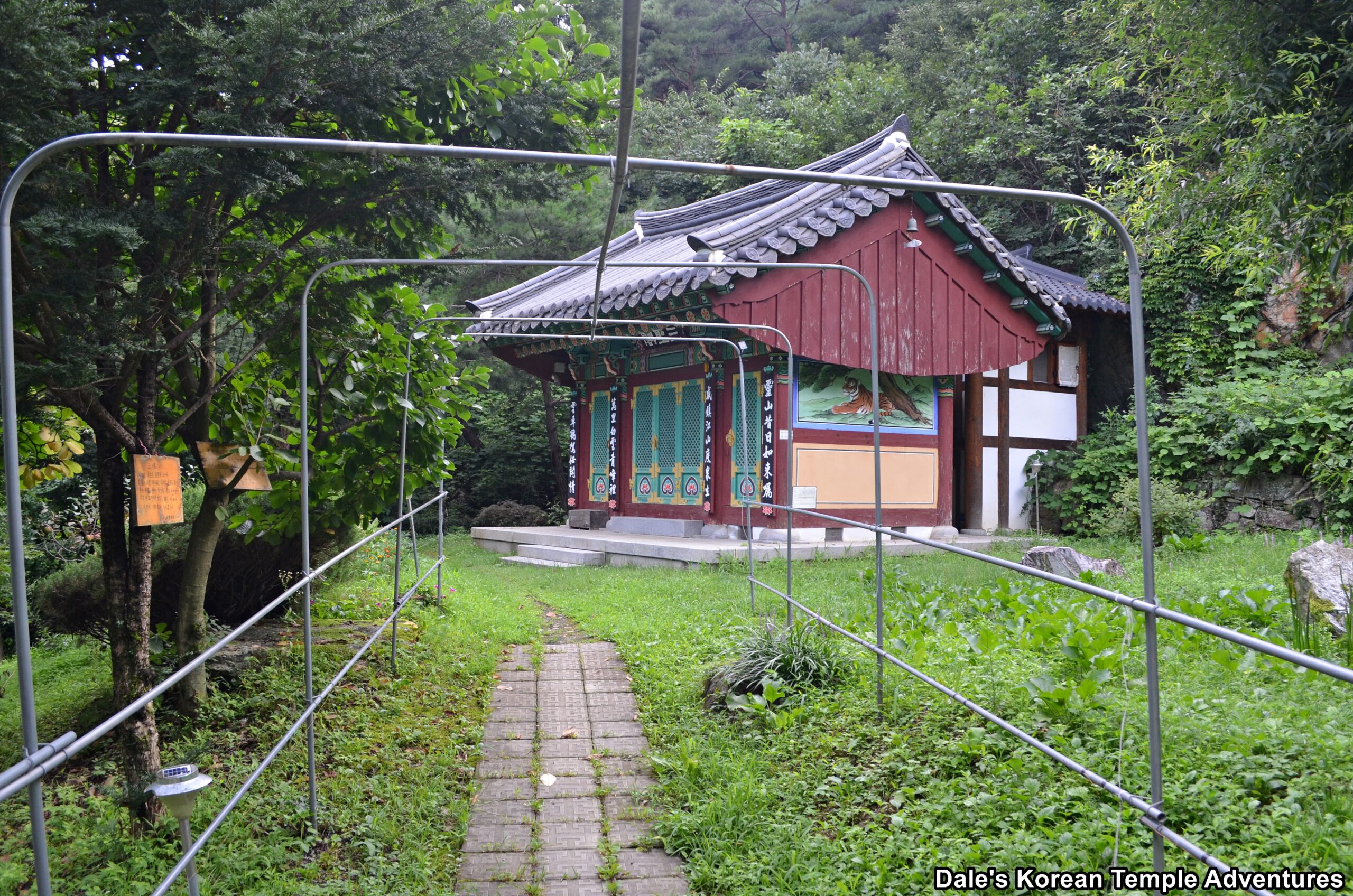
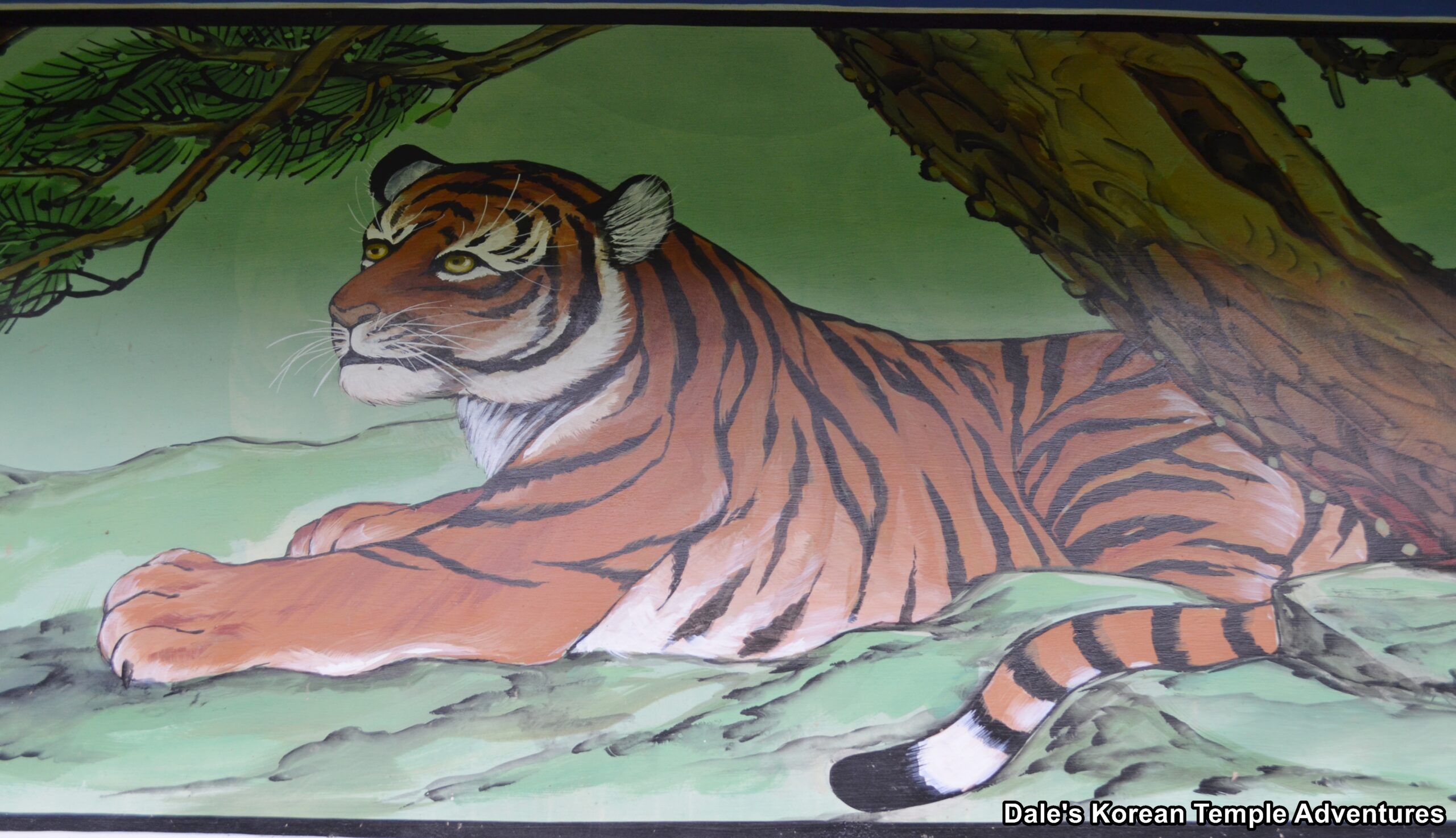
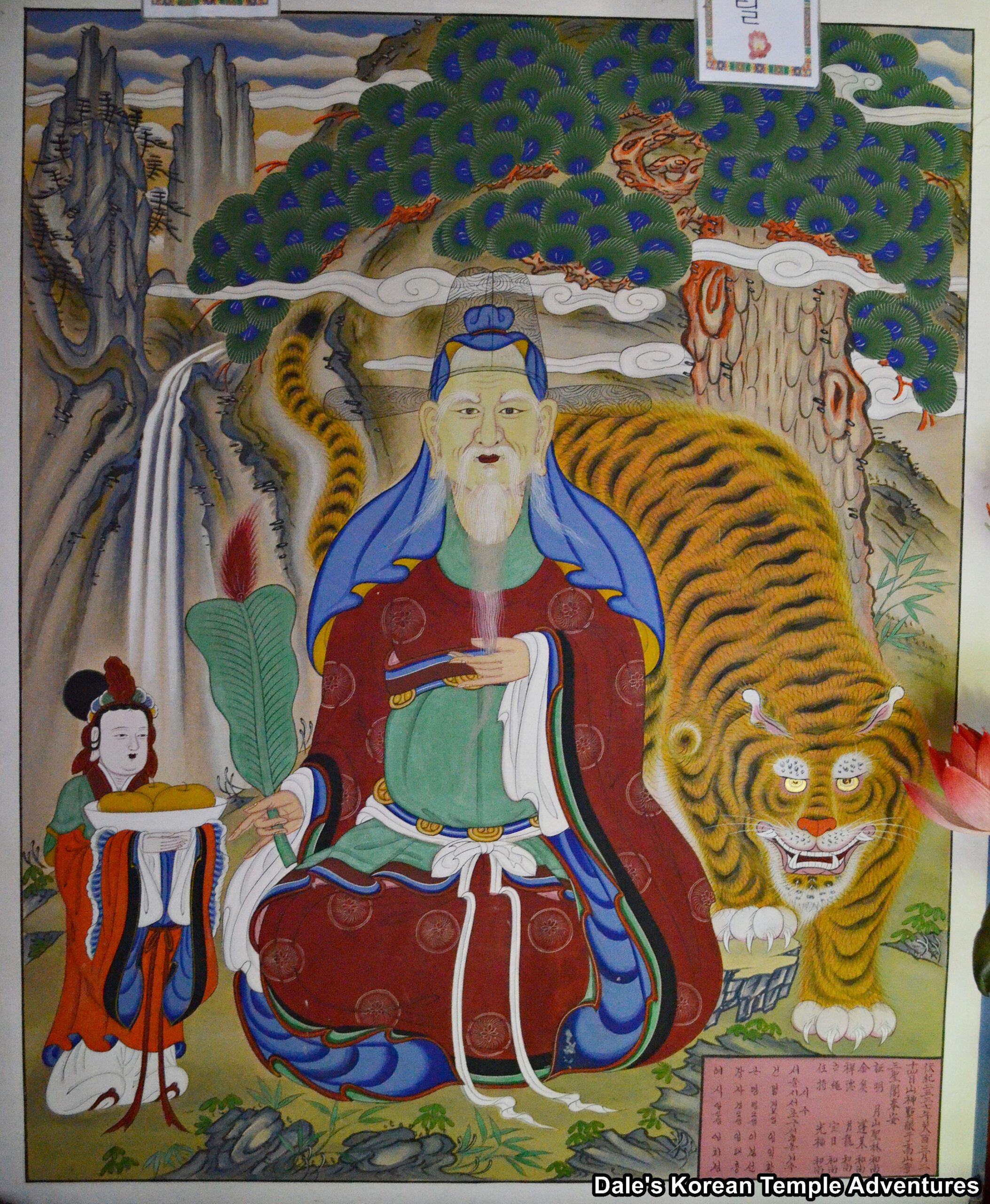

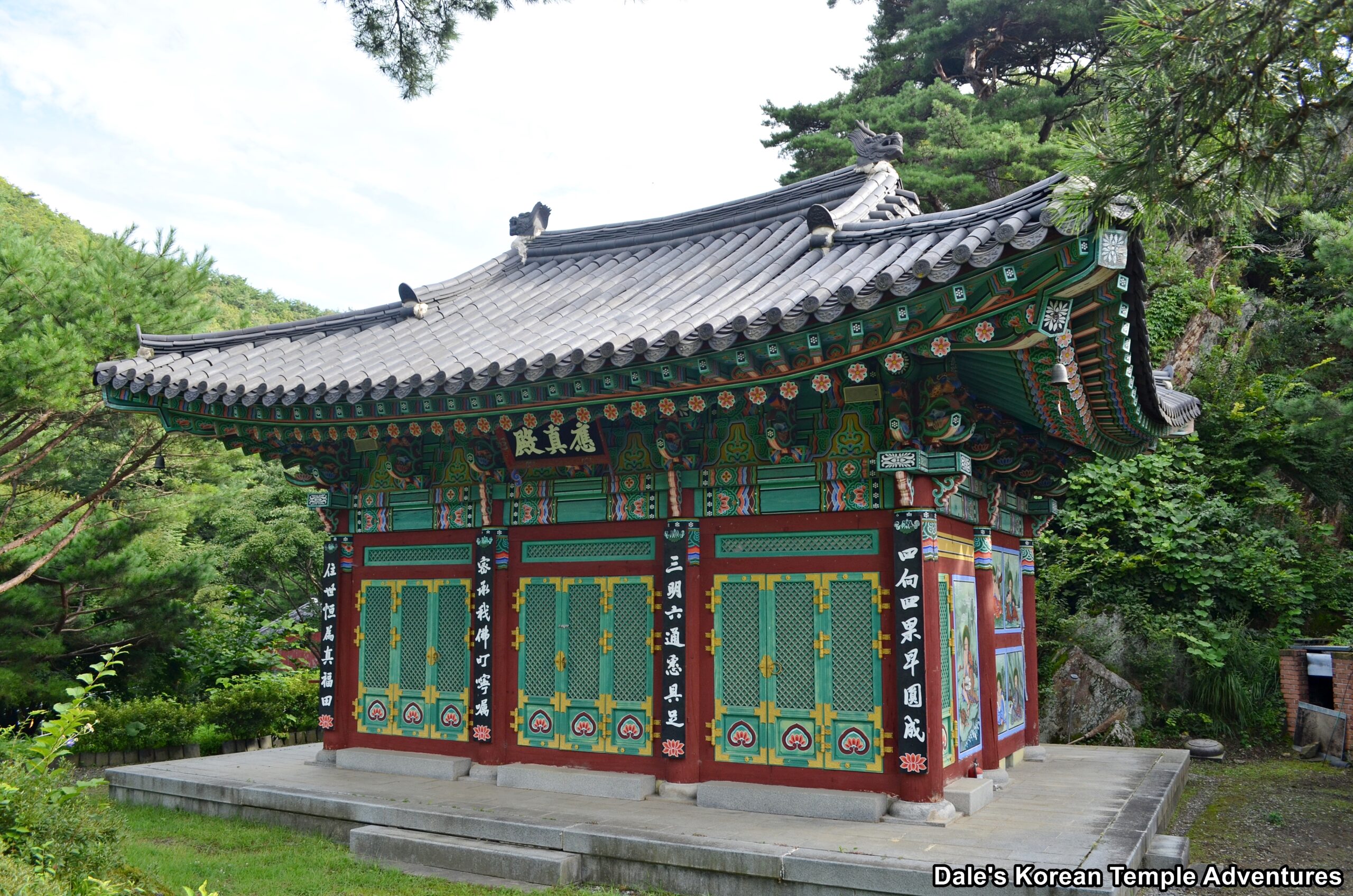
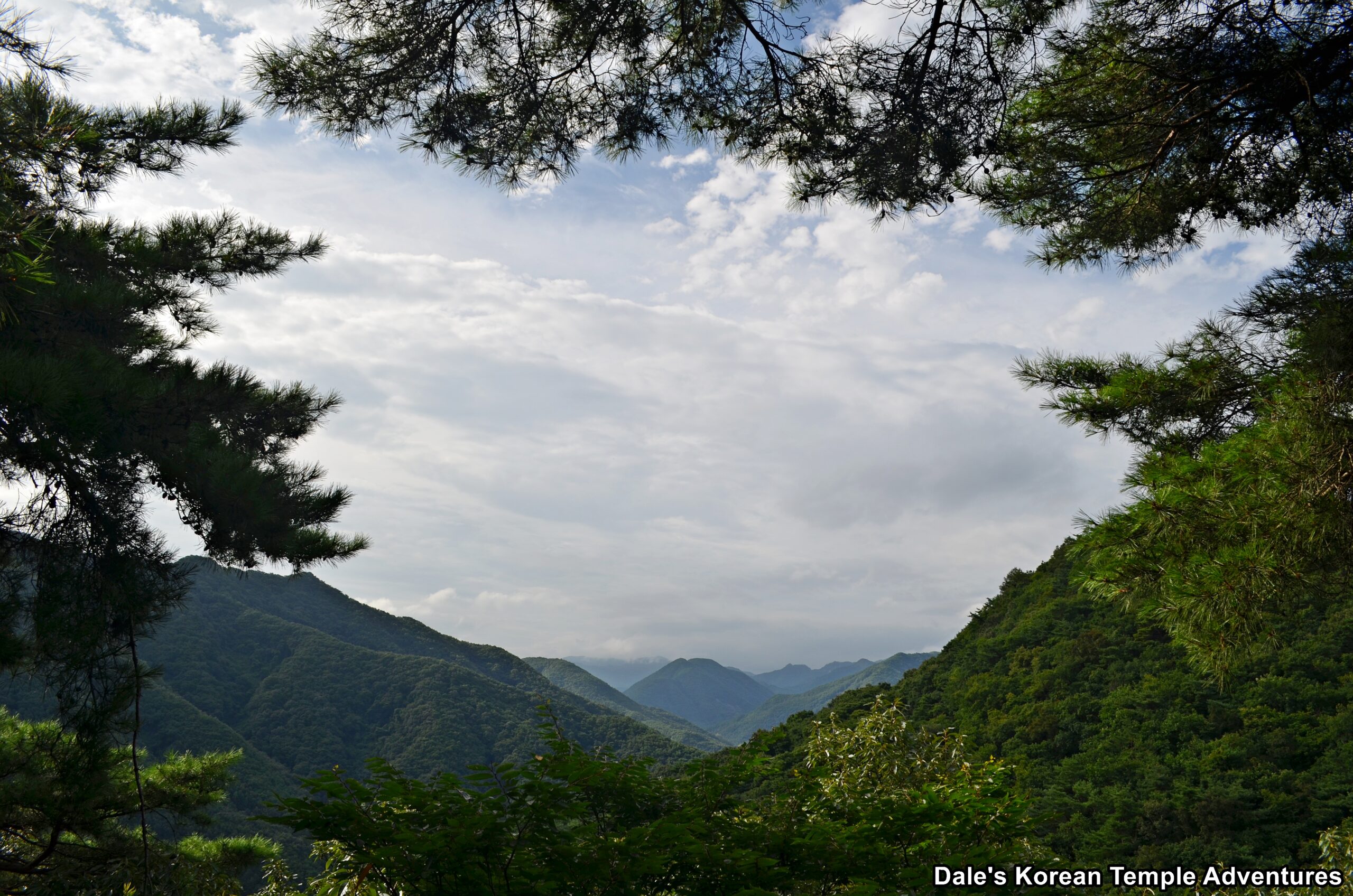
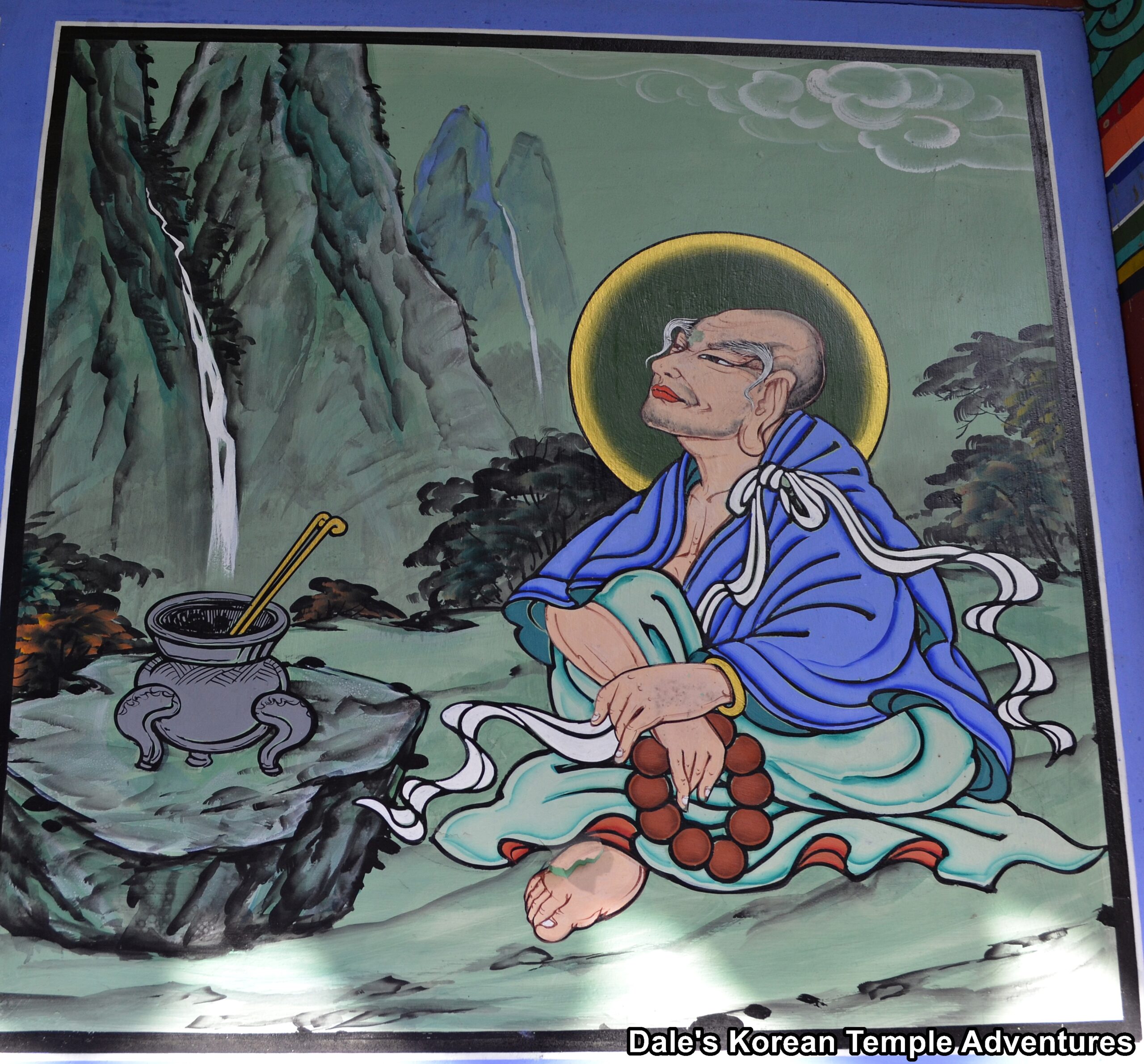
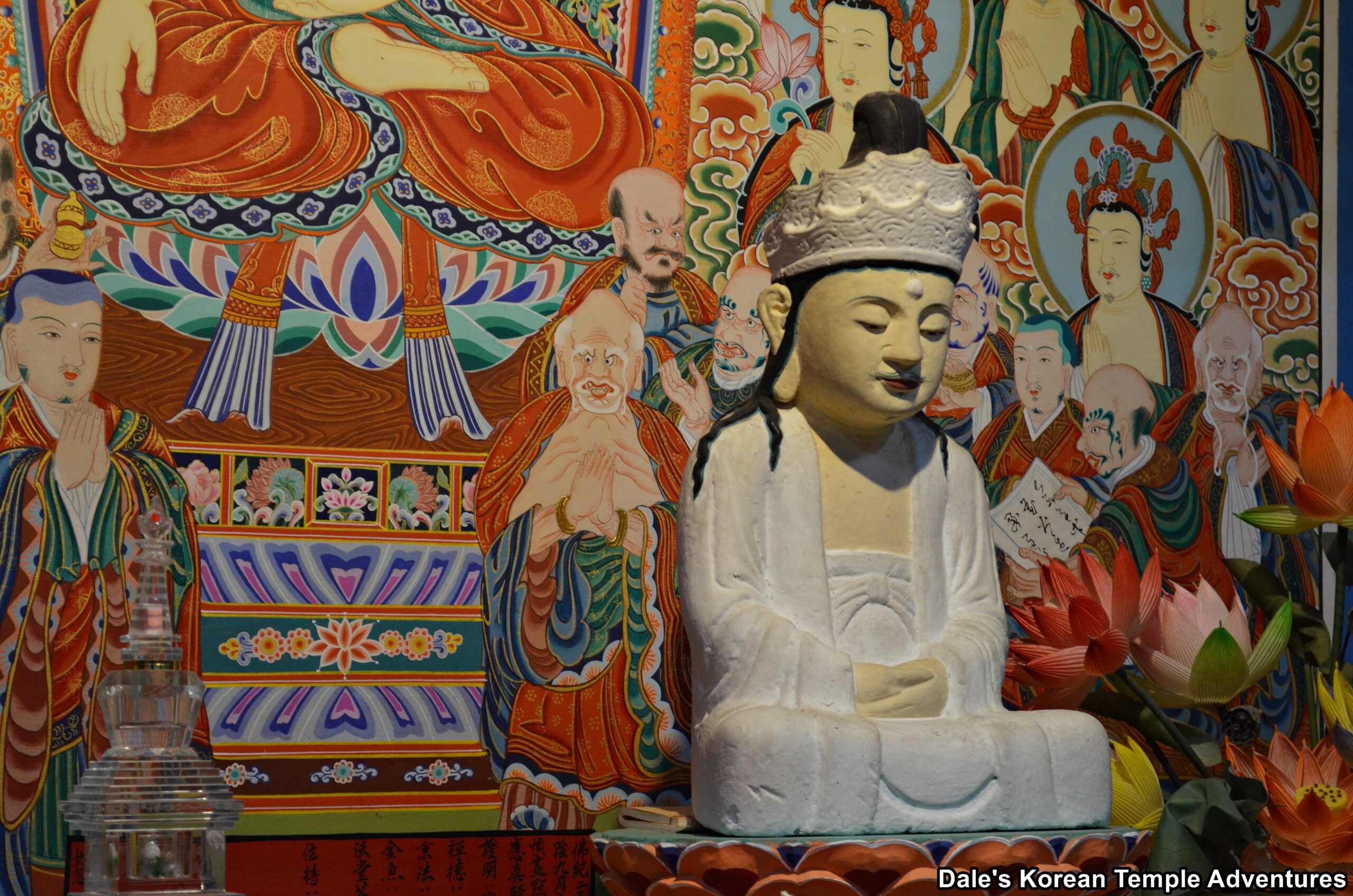
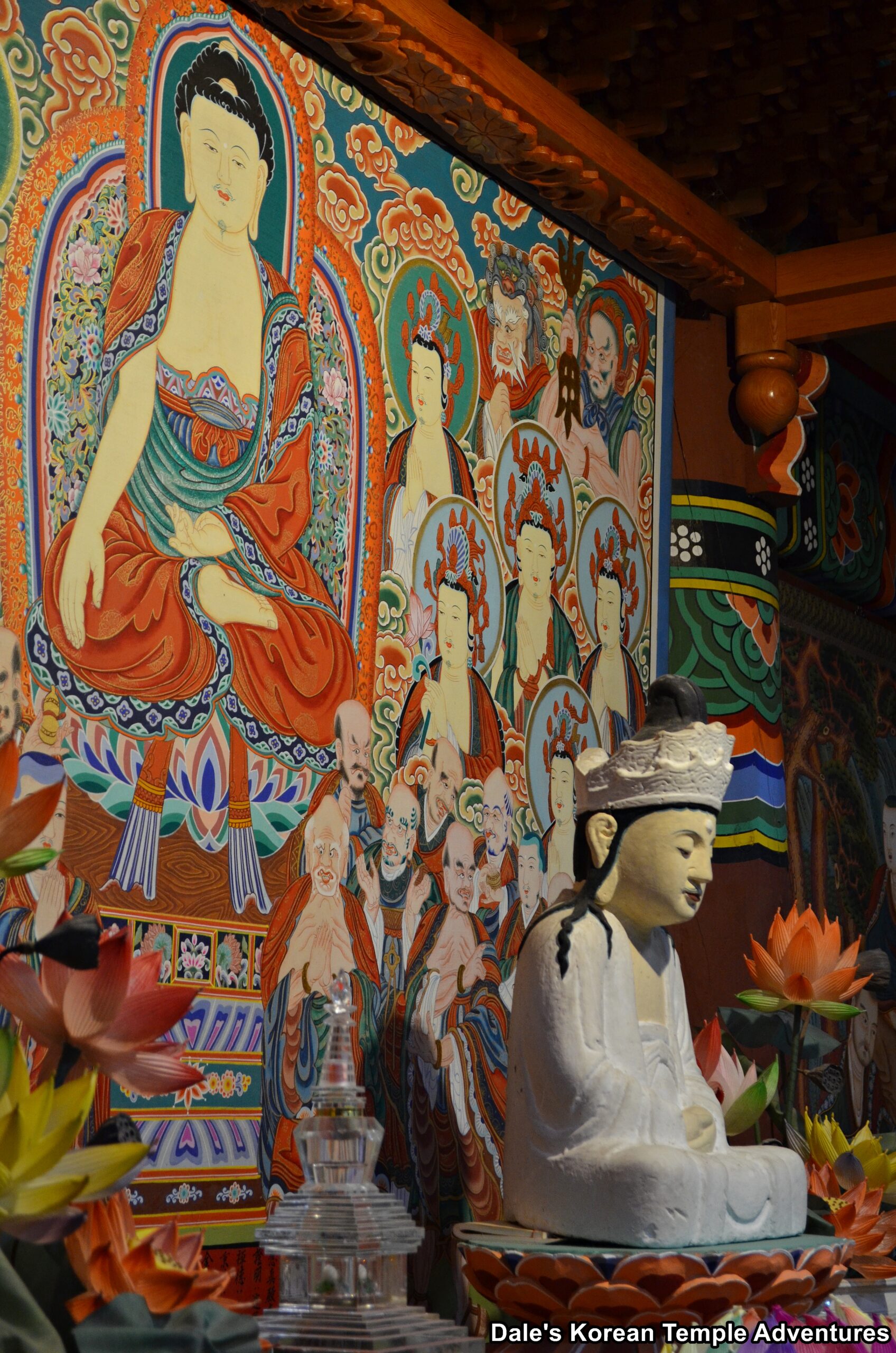
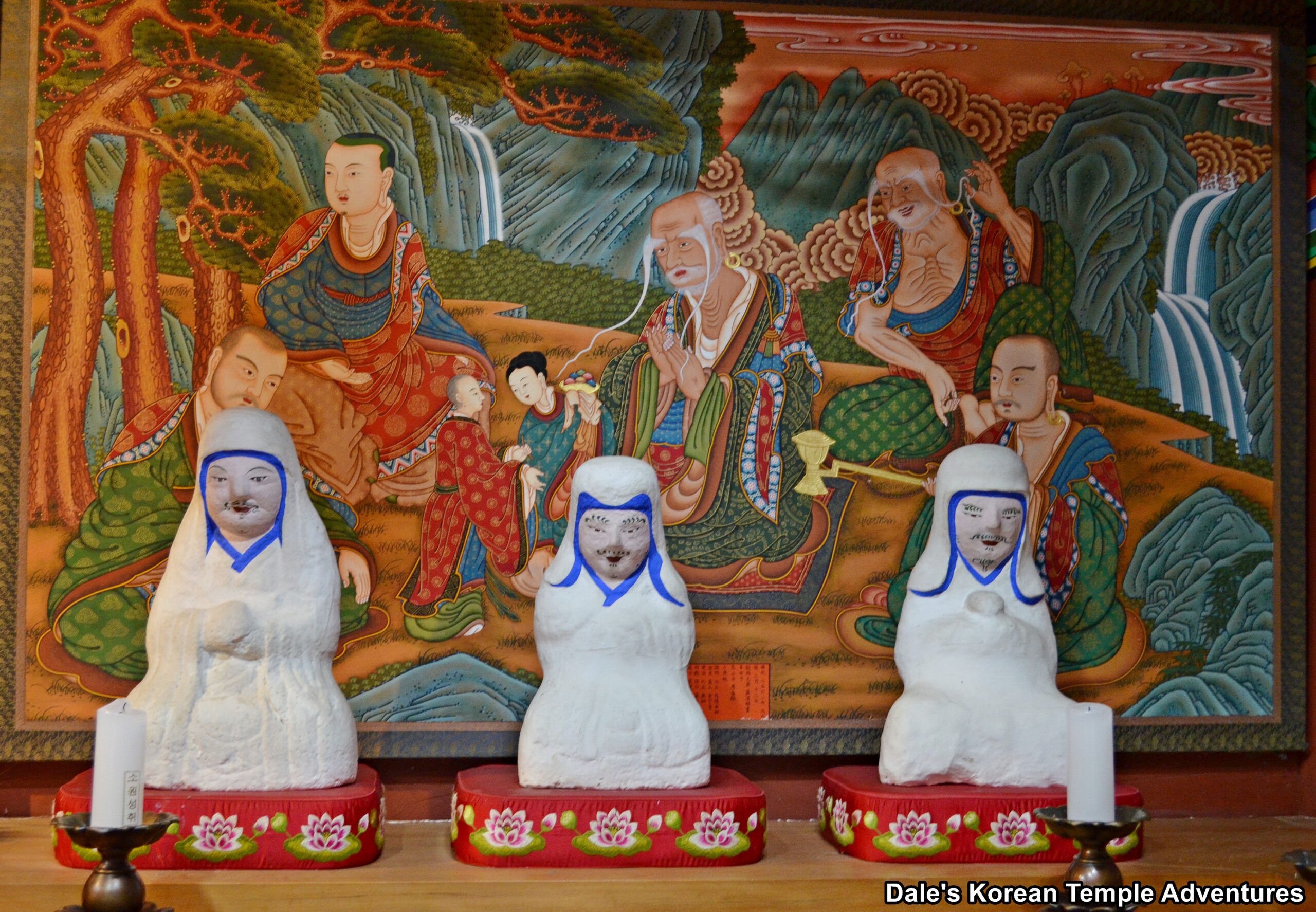
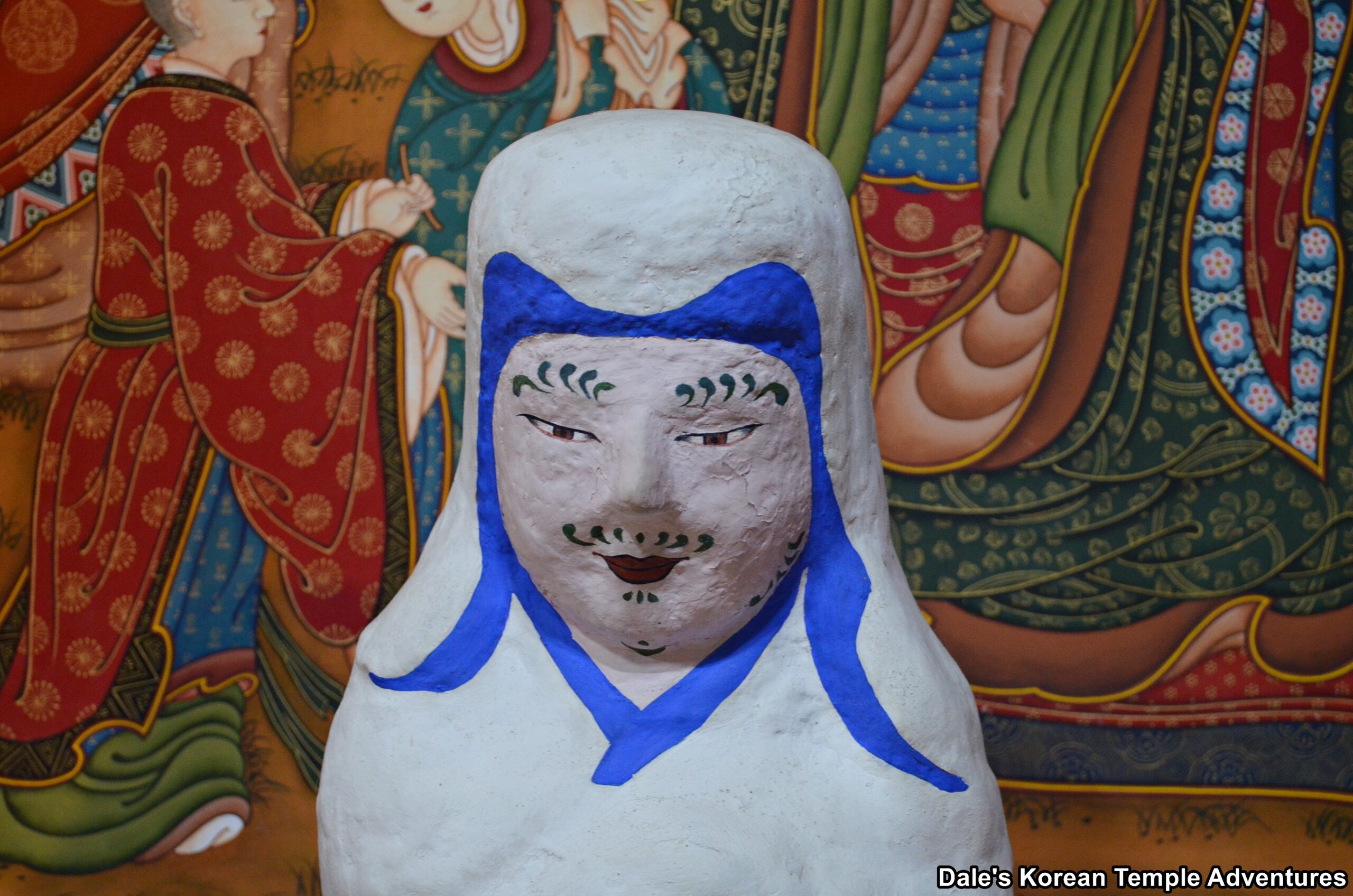
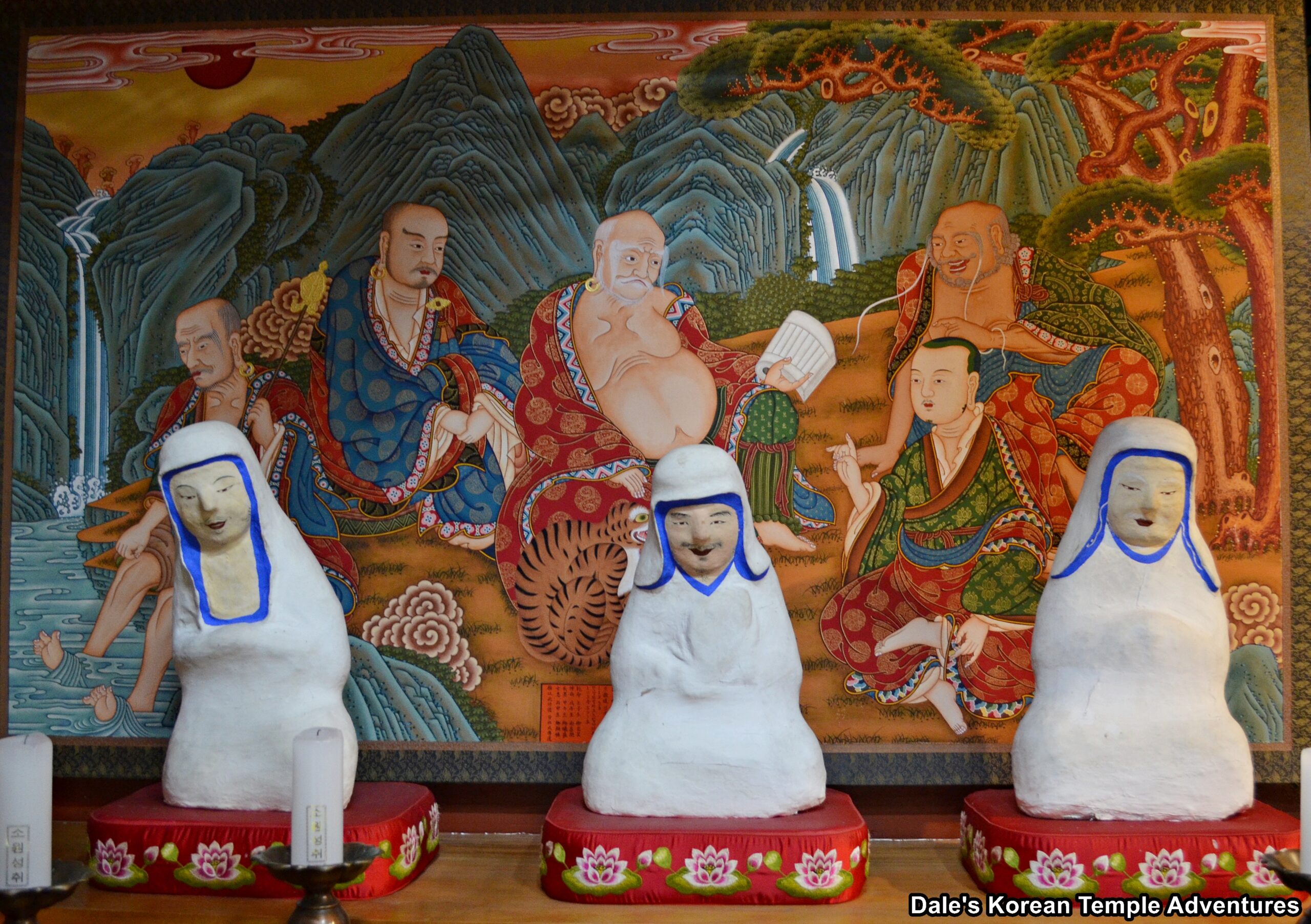
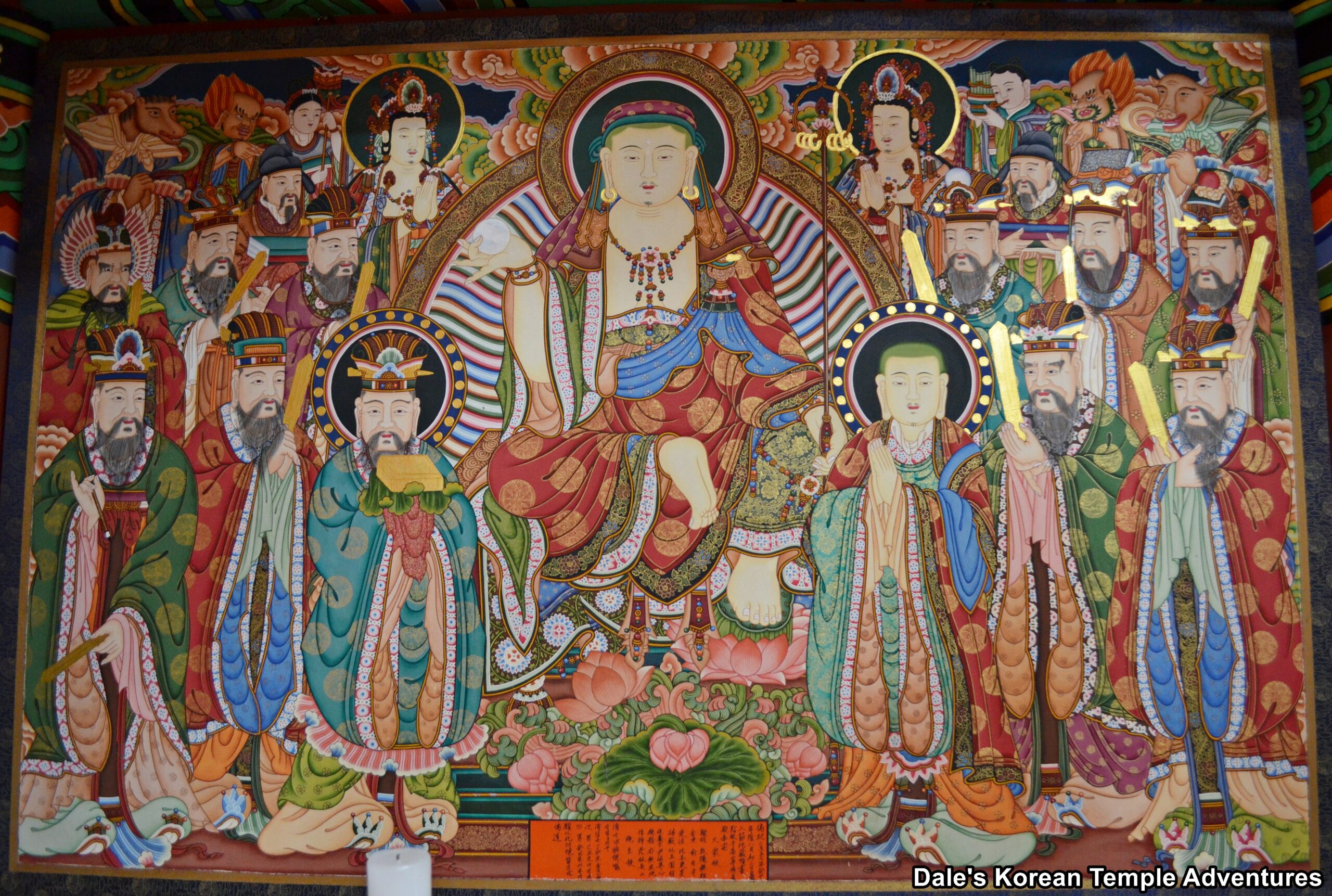
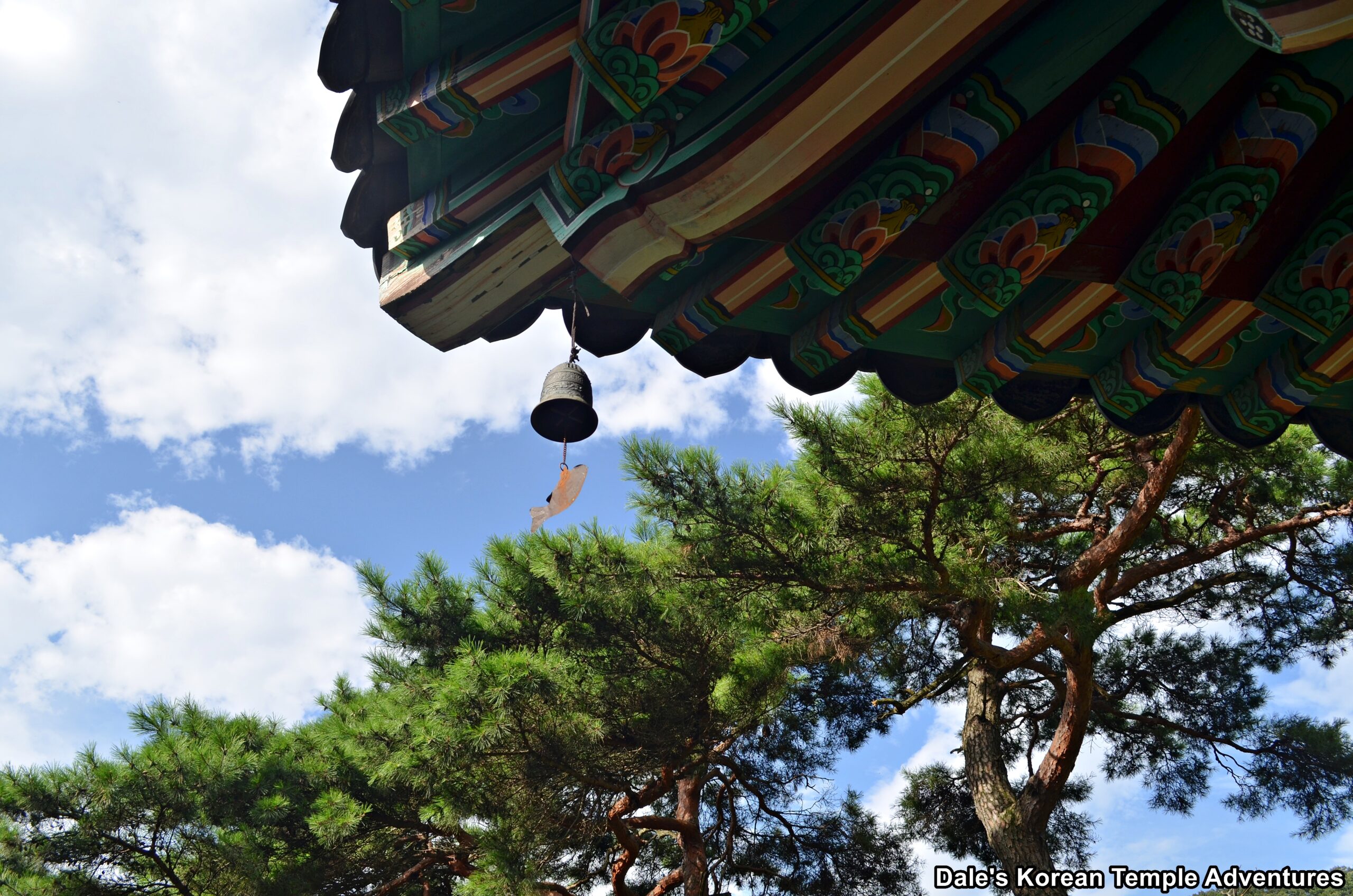


Recent comments